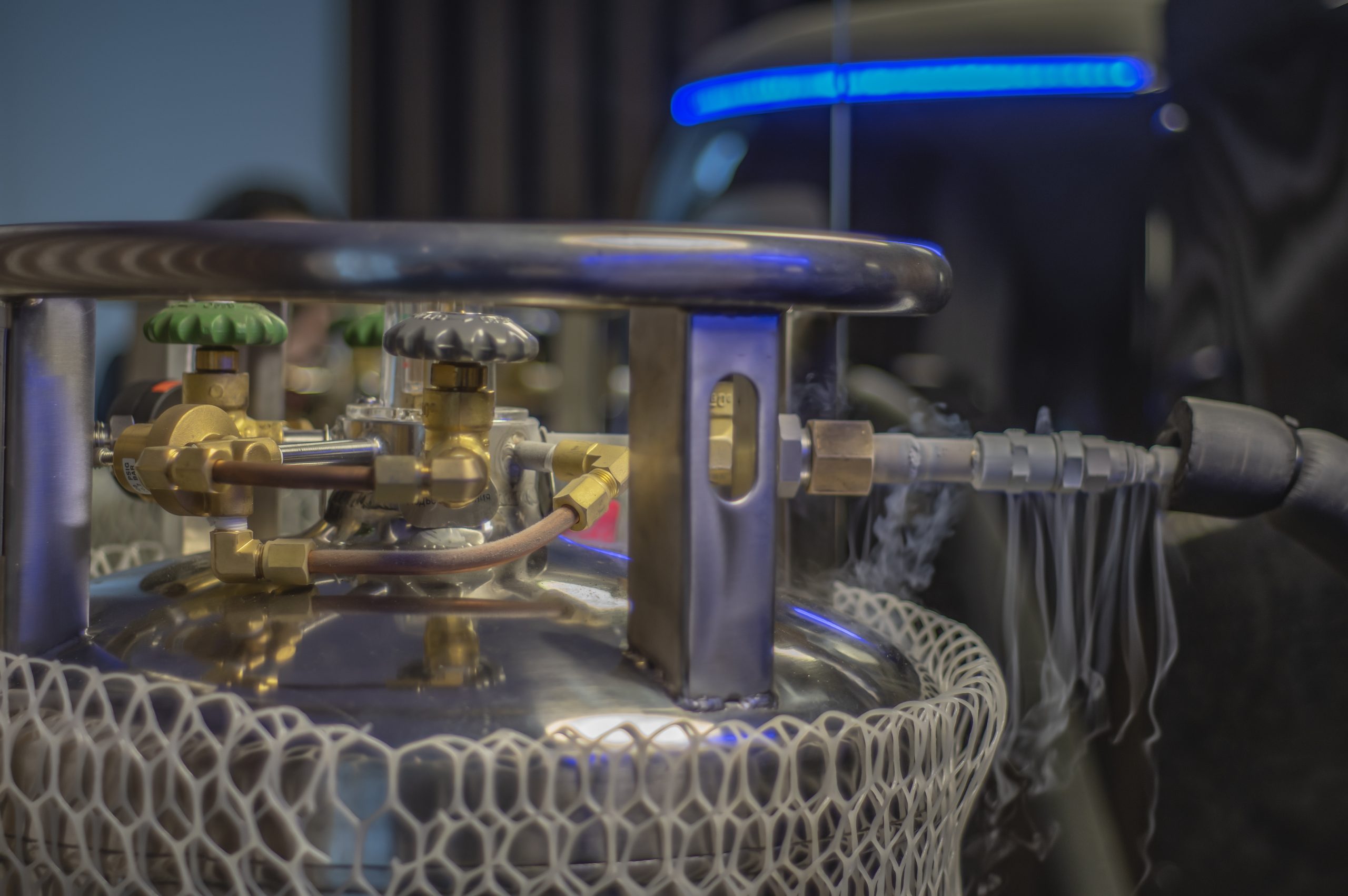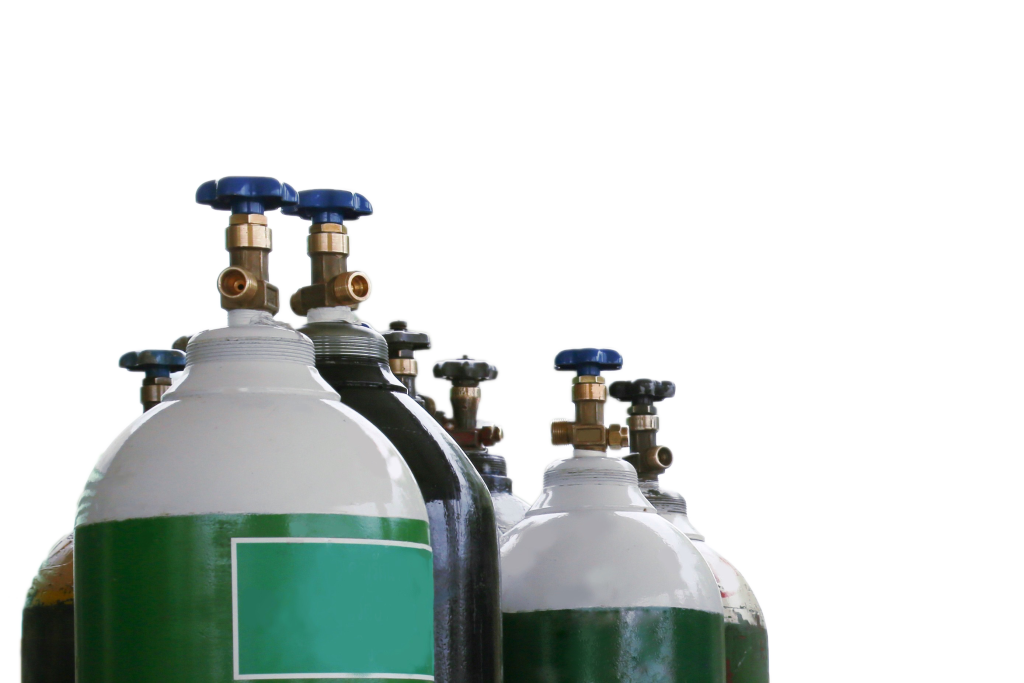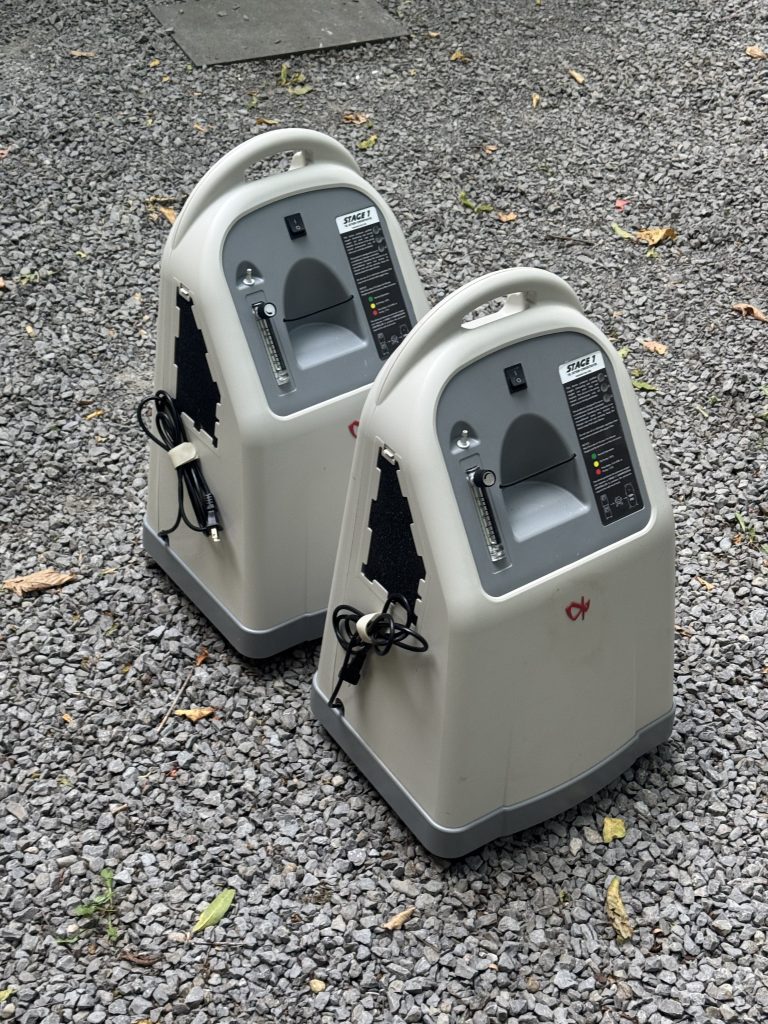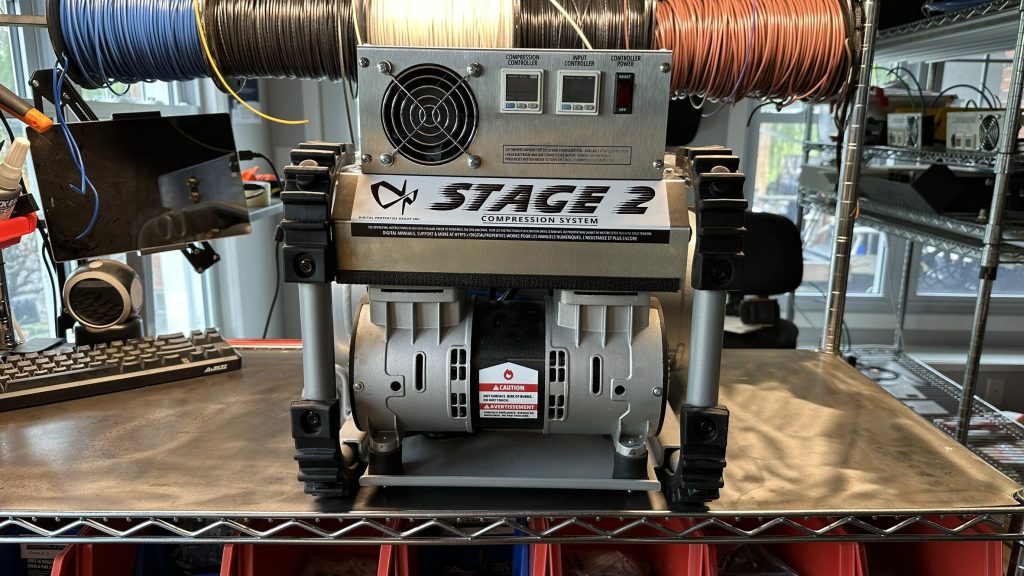Your cart is currently empty!
How Much is Your Oxygen Costing You?

The cost of oxygen isn’t straightforward—it’s shaped by several variables:
- Your location and gas provider
Rates vary widely depending on your region and vendor. - Delivery setup and contracts
Scheduled deliveries or annual agreements can slash per-unit costs. - Consumption type and volume
Whether you need compressed cylinders, liquid oxygen (LOX), or use an on-site generator makes a big difference.
To find the best value, begin by understanding how much oxygen you use and in what form.

Option 1: Delivered Oxygen (Compressed or Liquid)
Compressed Cylinders
- A 300 cf (cubic-foot) tank can cost anywhere from $12 to $85, depending largely on delivery method and contract terms—this is a staggering and unpredictable price swing.
LOX Dewars
- Liquid dewars (e.g., 180-cu-ft capacity) fetch around $200 each, which equals roughly 4,650 scf.
- However, LOX tanks can “spoof” as much as 10 % of their volume per day through automatic pressure relief—a silent but real cost.
Ongoing fees
- Cylinder or dewar rentals, delivery charges, and hazmat fees add thousands annually.
Option 2: On-Site Oxygen Generation (PSA Systems)


By generating your own oxygen (e.g., with a PSA generator), you gain:
- Lower cost per kg of O₂ — about $0.07–$0.10 depending on system size.
- Safety and convenience — no more handling high-pressure cylinders or LOX tanks.
- Eco-friendliness — no cylinder contamination, no off-gassed LOX.
- Reliability — as long as there’s power, you won’t run out—vital when oxygen supports life-critical operations like animal care or aquaculture.
- Virtually zero waste — you generate only what you need, exactly when you need it.
Limitations
- PSA systems deliver 93–95 % purity—fine for most industrial uses but not for cases demanding 99.99 %, such as laser cutting.
- They’re less cost-effective above roughly 10,000 scf/day—big consumers may still justify bulk LOX or cylinders.
Leave a Reply